Gas Crater “Door to Hell” Has Been on Fire Since 1971- Scientists are Starting to Worry
In Turkmenistan, there exists an eternally burning crater that has become known as the “Gates of Hell” or the “Door to Hell.” While the burning flame is quite the photogenic spectacle that attracts tourists, locals have been trying to put the fire out for years.
The gas crater releases a substantial amount of methane, which can negatively affect the surrounding ecosystem. It also increases the risk of an unforeseen explosion in the future.
Burning the Desert
According to Atlas Obscura, the crater in the Karakum desert has been burning since 1971. The crater is 230 feet wide and has been consistently on fire for over 50 years. The “Gates of Hell” burns with an intense flame that can be seen for miles away.
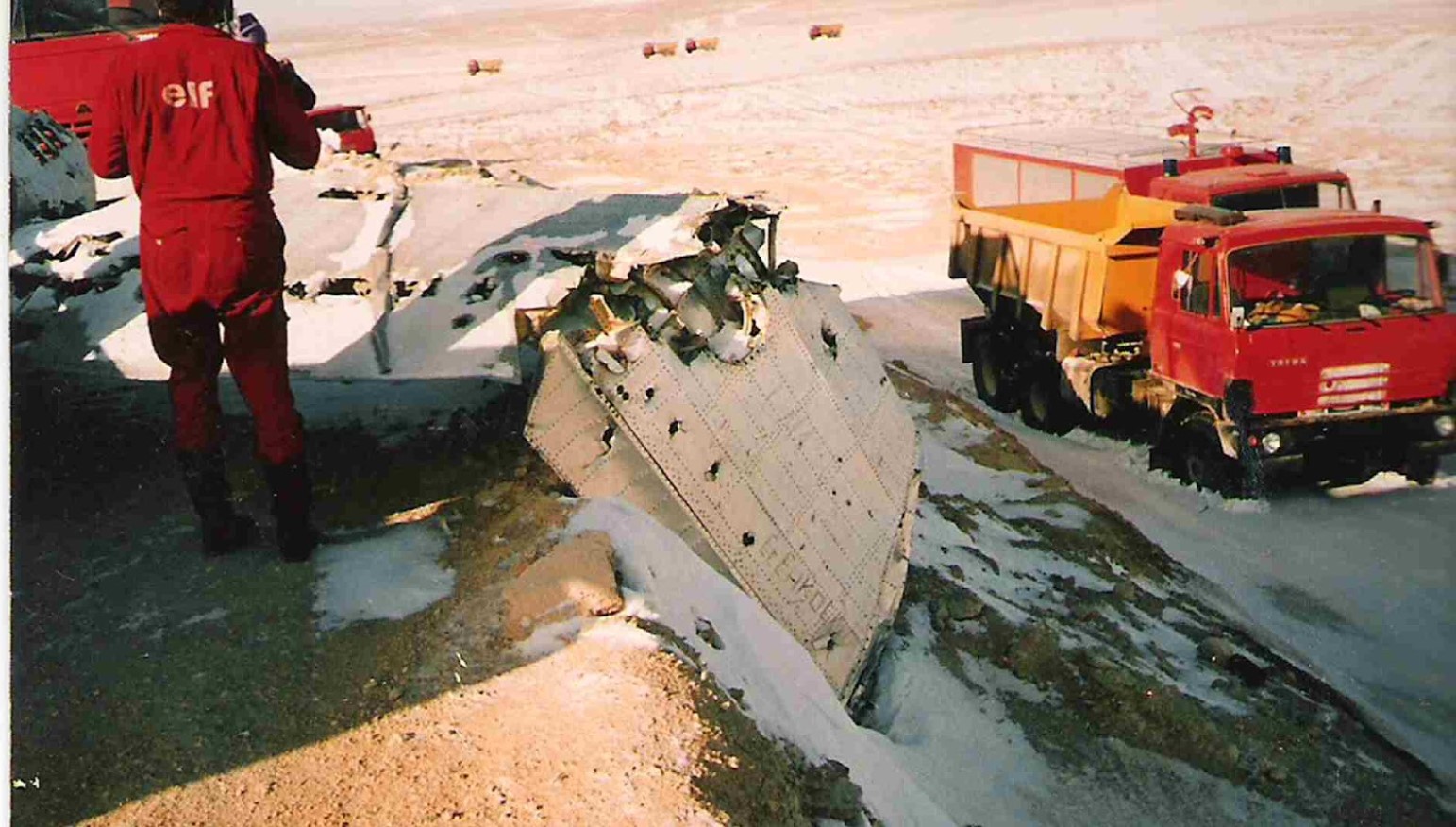
Source: Karakum/Wikimedia
It is located near a small village called Davasza, which reportedly only has around 350 people living in it. The official name of the crater is the Darbaza Crater. (via CNN)
How Did the Crater Appear?
The history of the crater goes back to the USSR and the 1970s. In 1971, the Soviets were using a drilling rig in the area that accidentally tunneled into a massive underground cavern.
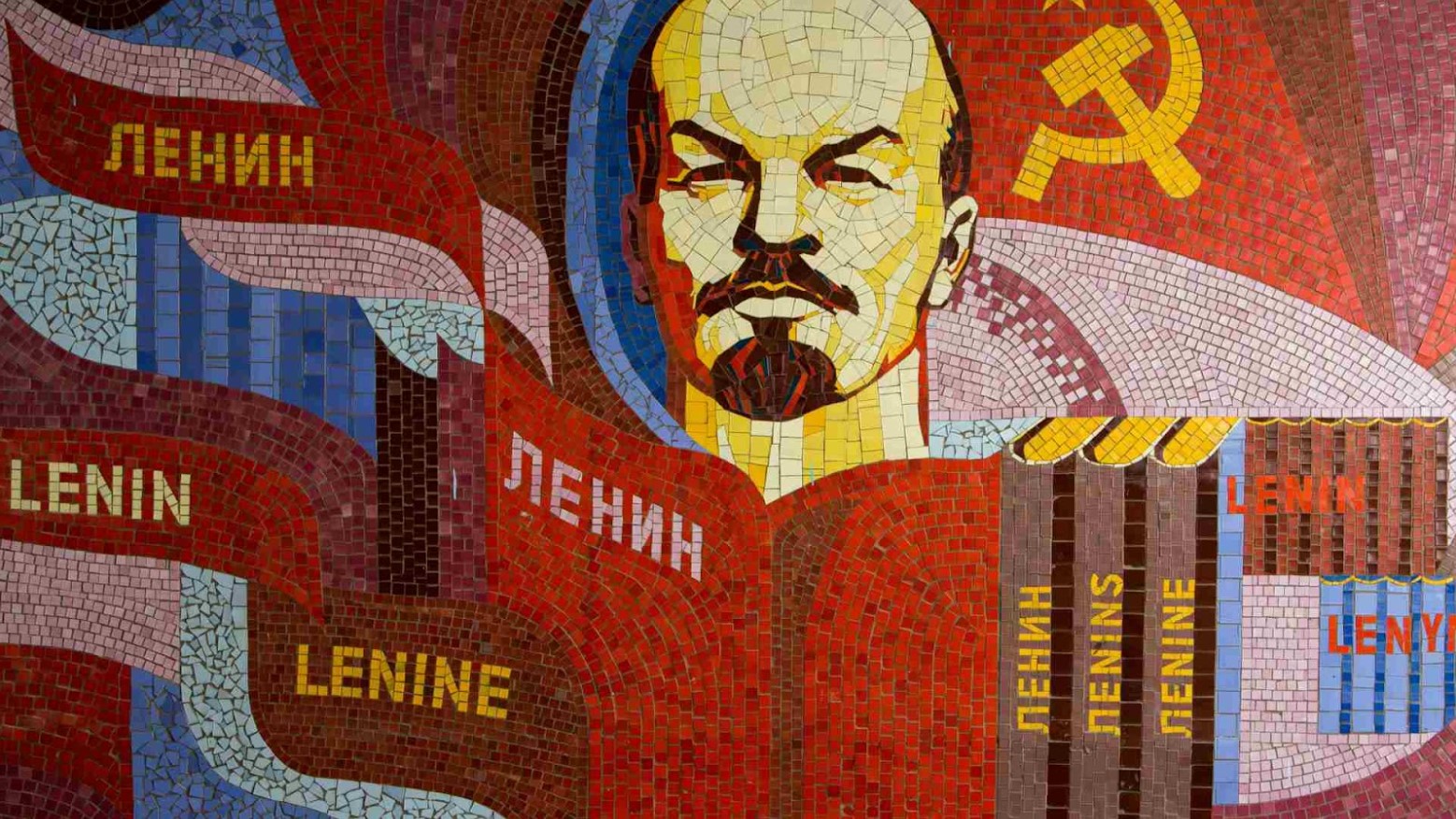
Source: Soviet Artefacts/Unsplash
This cavern was filled with natural gas, and the hole that the rig punctured started causing dangerous fumes to be released at a steady rate. (via Atlas Obscura)
A Desperate Plan
At the time the cavern was breached, the panicking Soviets realized the potential of the catastrophe that they had unleashed. In a desperate bid to prevent environmental disaster, they set the pit they had created on fire, hoping that the fire would get rid of all the dangerous gas.
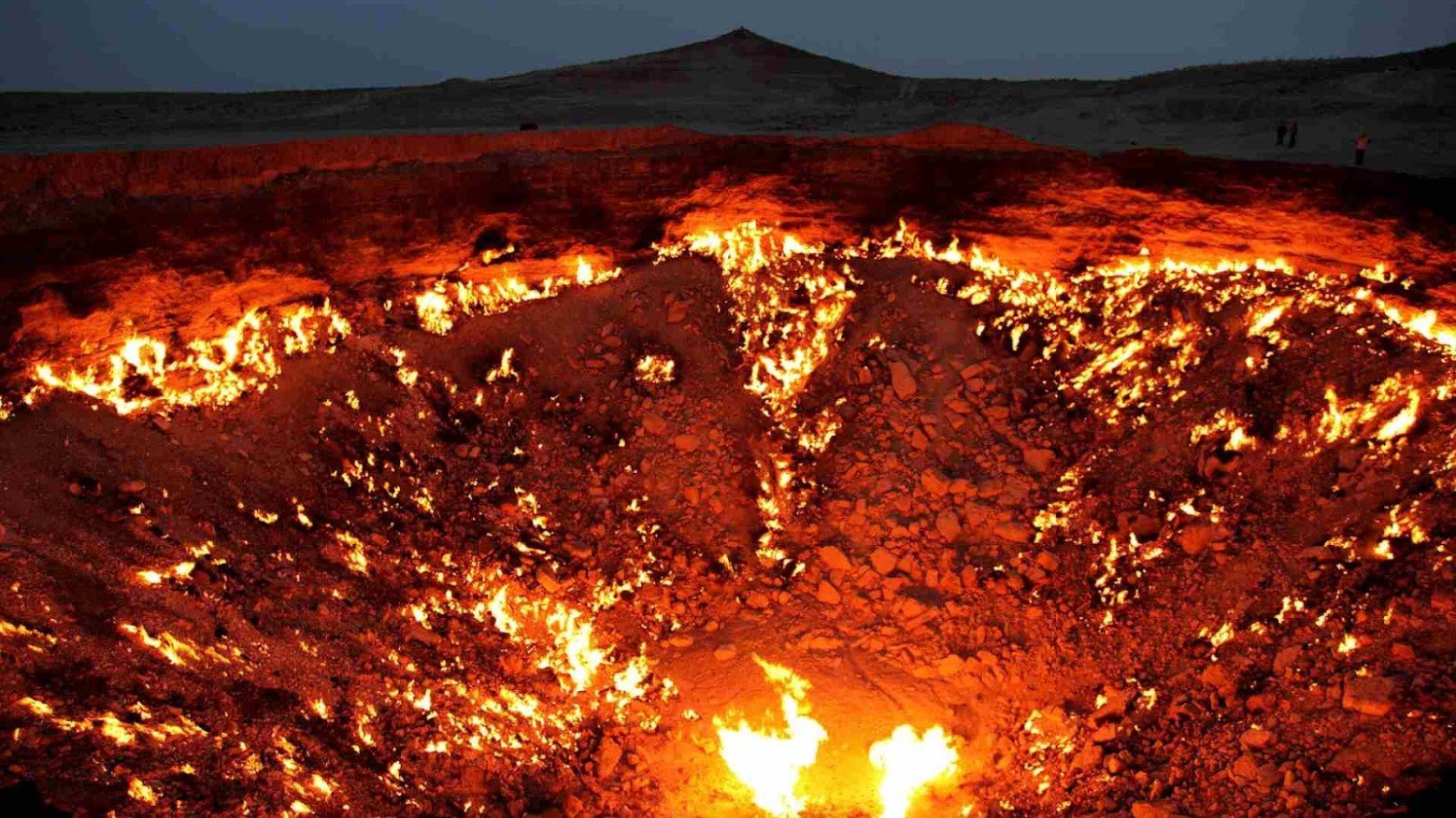
Source: flydime/Wikimedia
The Soviets hoped the fire would go out in just a few weeks, however, they were forced to abandon their drilling rig when the fire wouldn’t go out, and the fire has continued burning for decades. (via Atlas Obscura)
A Popular Pilgrimage
Throughout the decades, word spread of the eternal fire that wouldn’t go out and the intensity of the landscape surrounding it. As word spread, people would travel from all over the world to see the flame themselves.

Source: Bjørn Christian Tørrissen/Wikimedia
Undeterred by the danger and the flame, people would camp out in the wild near the crater for a chance to bask in the shadow of the “Gates of Hell.” (via Atlas Obscura)
The Government Orders the Fire to be Put Out
In 2010, the then President of Turkmenistan, Gurbanguly Berdimuhamedov, ordered experts to finally extinguish the Gates of Hell. (via Live Science) However, quelling the flame in the crater proved to be a monumental task that initially failed.

Source: Wikimedia
The size of the crater proved challenging, and the continued presence of methane gas makes it dangerous to operate in the area. An article by Science Direct explains that suppressing methane fires becomes increasingly difficult based on the amount of oxygen present.
Driving At the Crater
In 2019, Berdimuhamedov released an unusual video of himself on state television driving a rally car near Hell’s Gate crater (via ABC). The bizarre stunt was apparently meant to rebuff rumors that the President was dead after he had not been seen in the public eye for several weeks.

Source: Benjamin Goetzinger/Wikimedia
Berdimuhamedov was known for previous antics where he filmed himself performing a rap song and riding a bicycle while shooting a firearm.
New President Tries Again
When the new president of Turkmenistan, Serdar Berdimuhamedov, took over the presidency from his father in 2022, he announced a new effort to extinguish the crater.

Source: Wikimedia
CNN reported that a local newspaper in the country said the deputy prime minister in Turkmenistan “was instructed to gather scientists, and if necessary, to attract foreign consultants and find a solution for extinguishing the fire.”
Why Is the Crater so Dangerous?
Aside from the obvious huge burning fire, the Darvaza Crater is dangerous because of the effects of the constant leak of natural gas. Exposure to high levels of natural gas can lead to mild to severe consequences for human health.
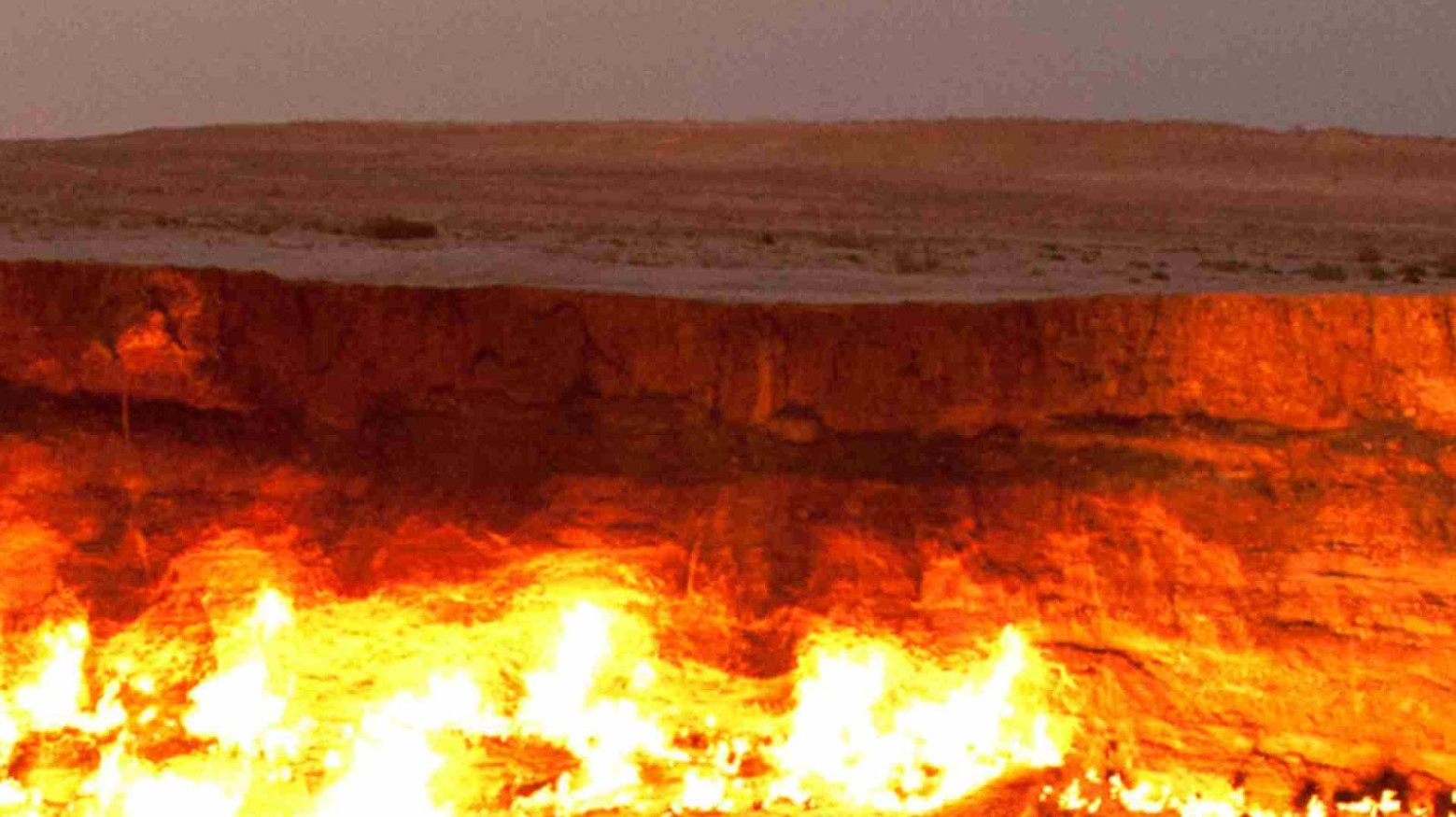
Source: Hellbus/Wikimedia
A person who has prolonged exposure can experience problems with memory, a loss of consciousness, or even death by suffocation.
Methane Gas
According to the National Institutes of Health, methane is typically harmless in the appropriate contexts. However, high concentrations of methane can reduce the oxygen available for someone to breathe. This lack of oxygen in the air is what causes people to suffocate.
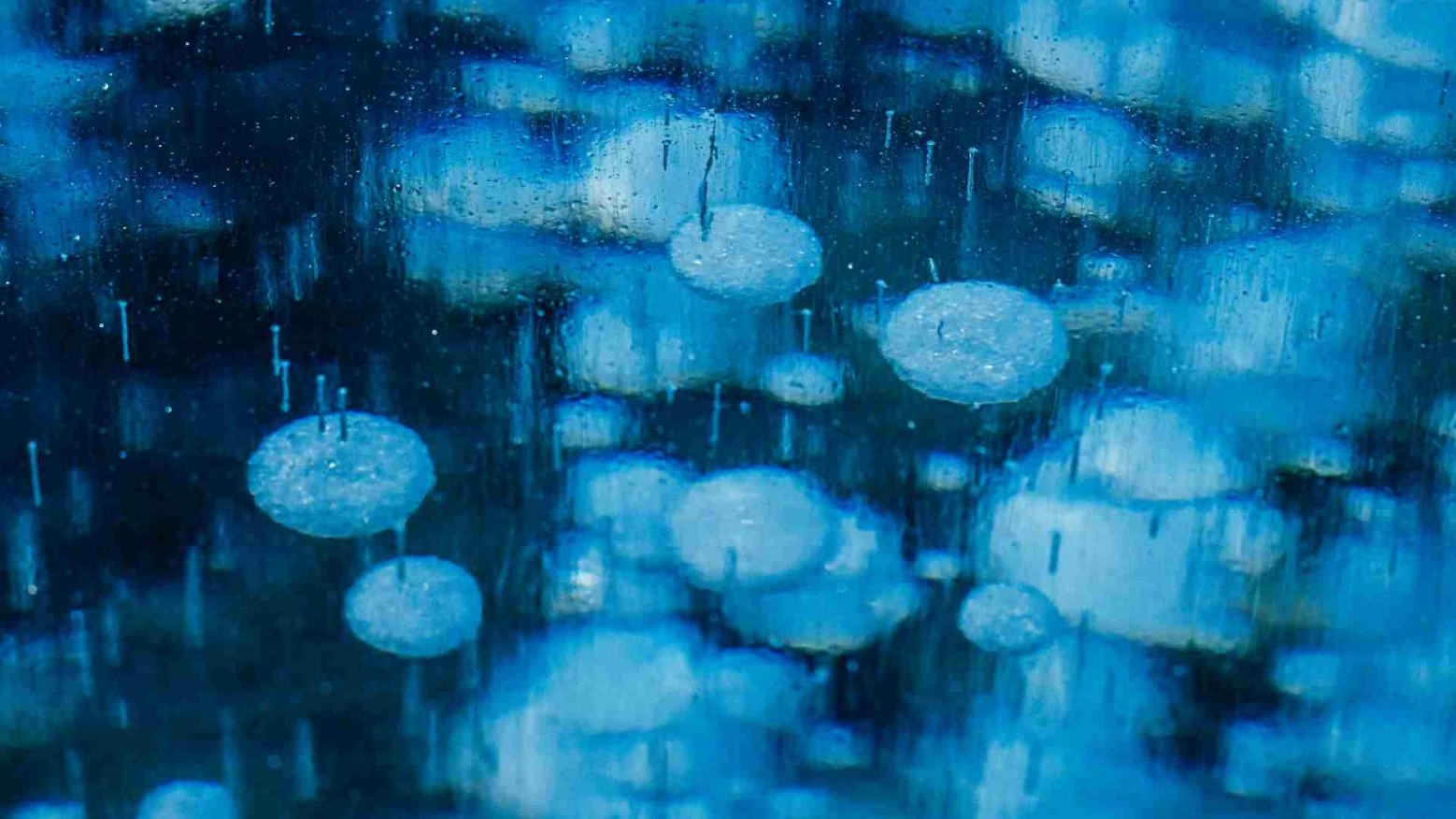
Source: John Bakator/Unsplash
Methane gas is invisible, which adds to the danger it presents to humans. Often people might not realize when they are inhaling large concentrations of methane.
Biblical Comparisons
The nickname “Gates of Hell” relates to the vision of the underworld seen in religions like Christianity. The phrase “Gates of Hell” appears in the book of Matthew in the Old Testament.
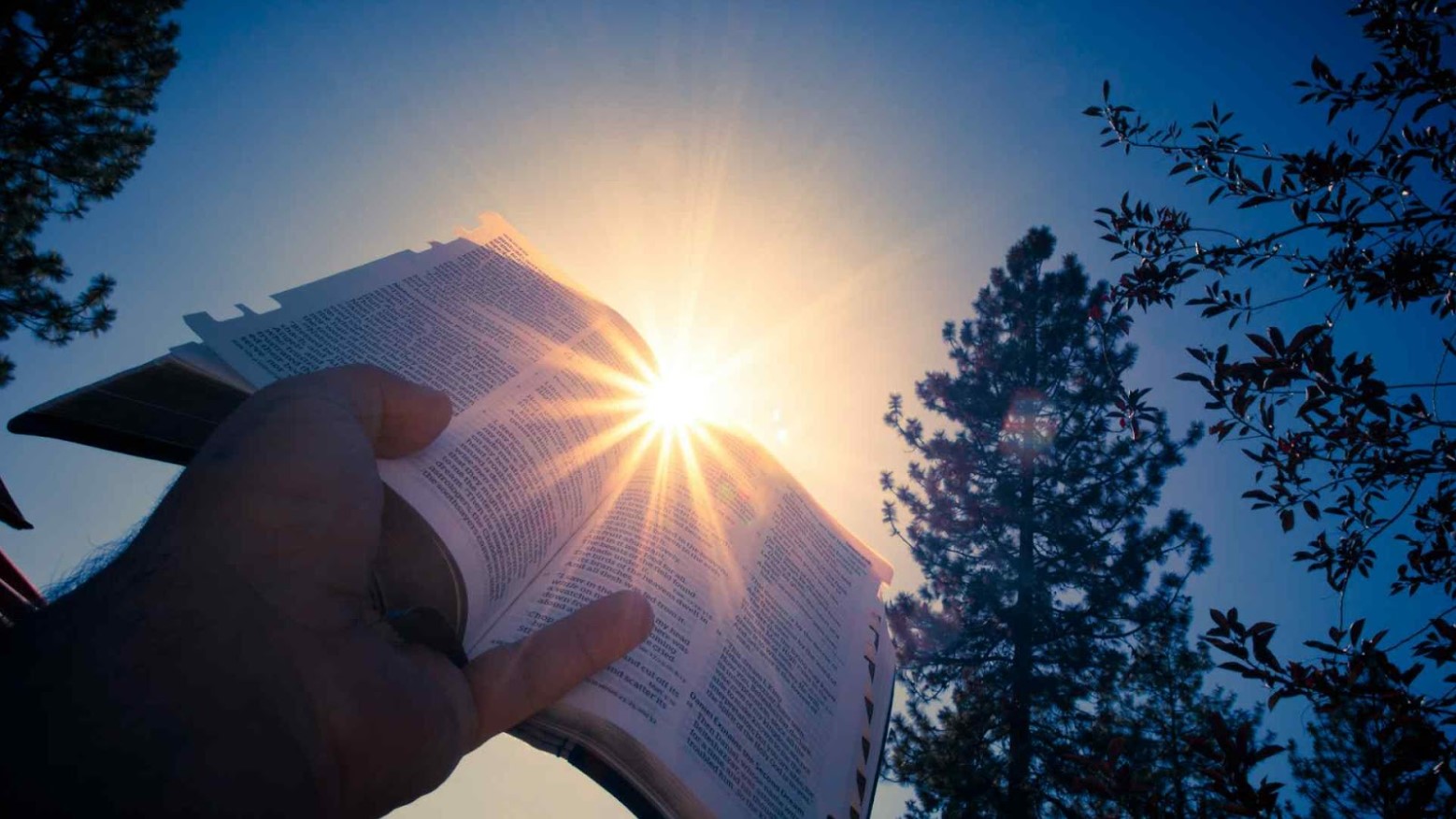
Source: Timothy Eberly/Unsplash
“And I say also unto thee, That thou art Peter, and upon this rock I will build my church; and the gates of hell shall not prevail against it.” (Matthew 16:18) The concept of an Underworld exists in several religions, some of which depict the realm with fire.
The Future of the Gates of Hell
People were skeptical of the attempt to vanquish the fire in the “Gates of Hell” crater that was reported in 2022. (via CNN) There was no deadline announced for when the fire would be put out, which doesn’t inspire a lot of confidence.
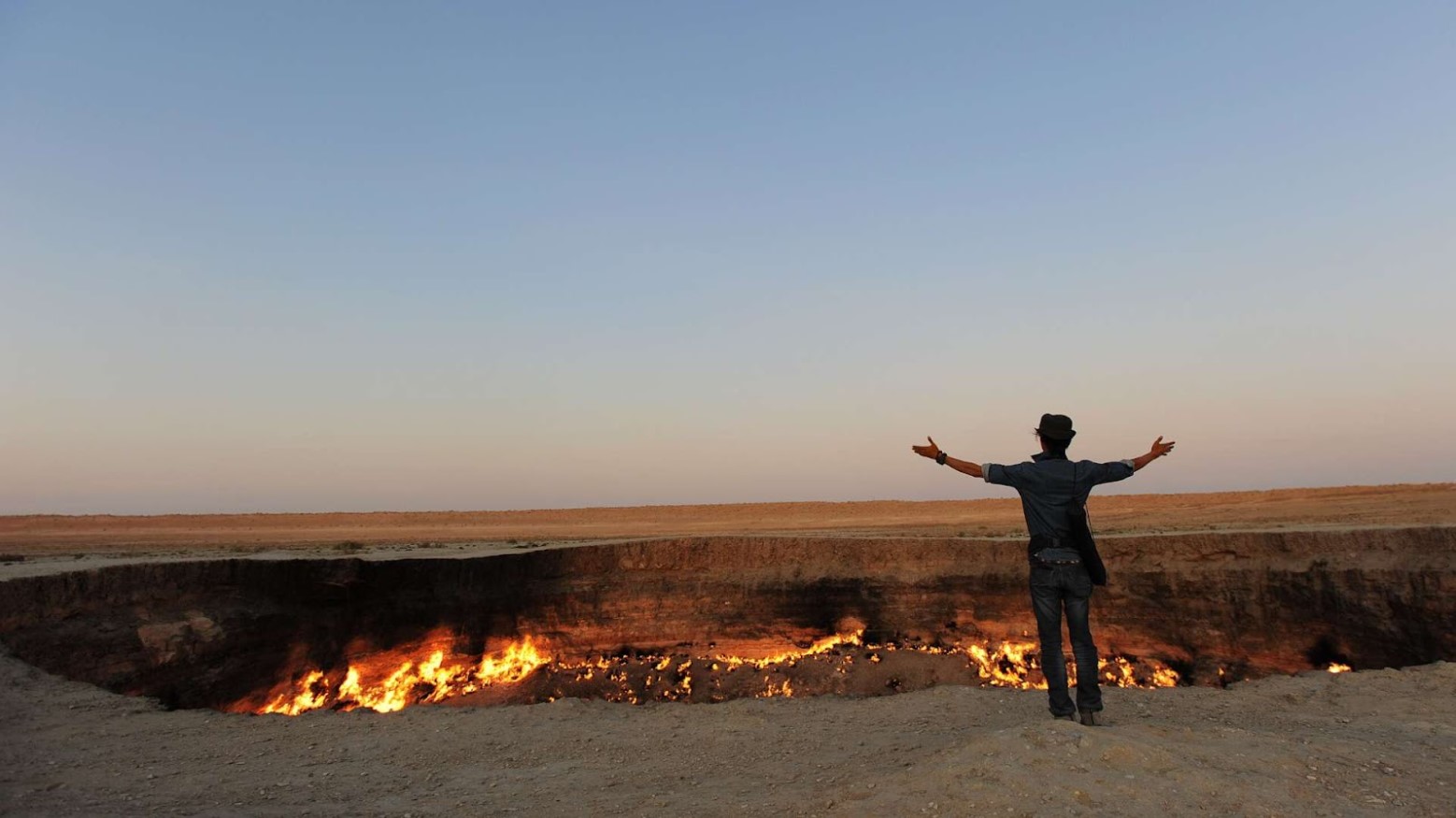
Source: Tormod Sandtorv/Wikimedia
The fire still burns to this day, but it is a huge waste of natural gas resources. Eventually, the economics of allowing such a fire to continue burning will force a real solution. According to CNN, Turkmenistan relies on the production of natural gas as a source of revenue.
A Canadian Explorer Descends into the Gates of Hell
In a daring expedition funded in part by National Geographic and supported by Kensington Tours, explorer George Kourounis aimed to become the first person to investigate the depths of the Gates of Hell crater in Turkmenistan.
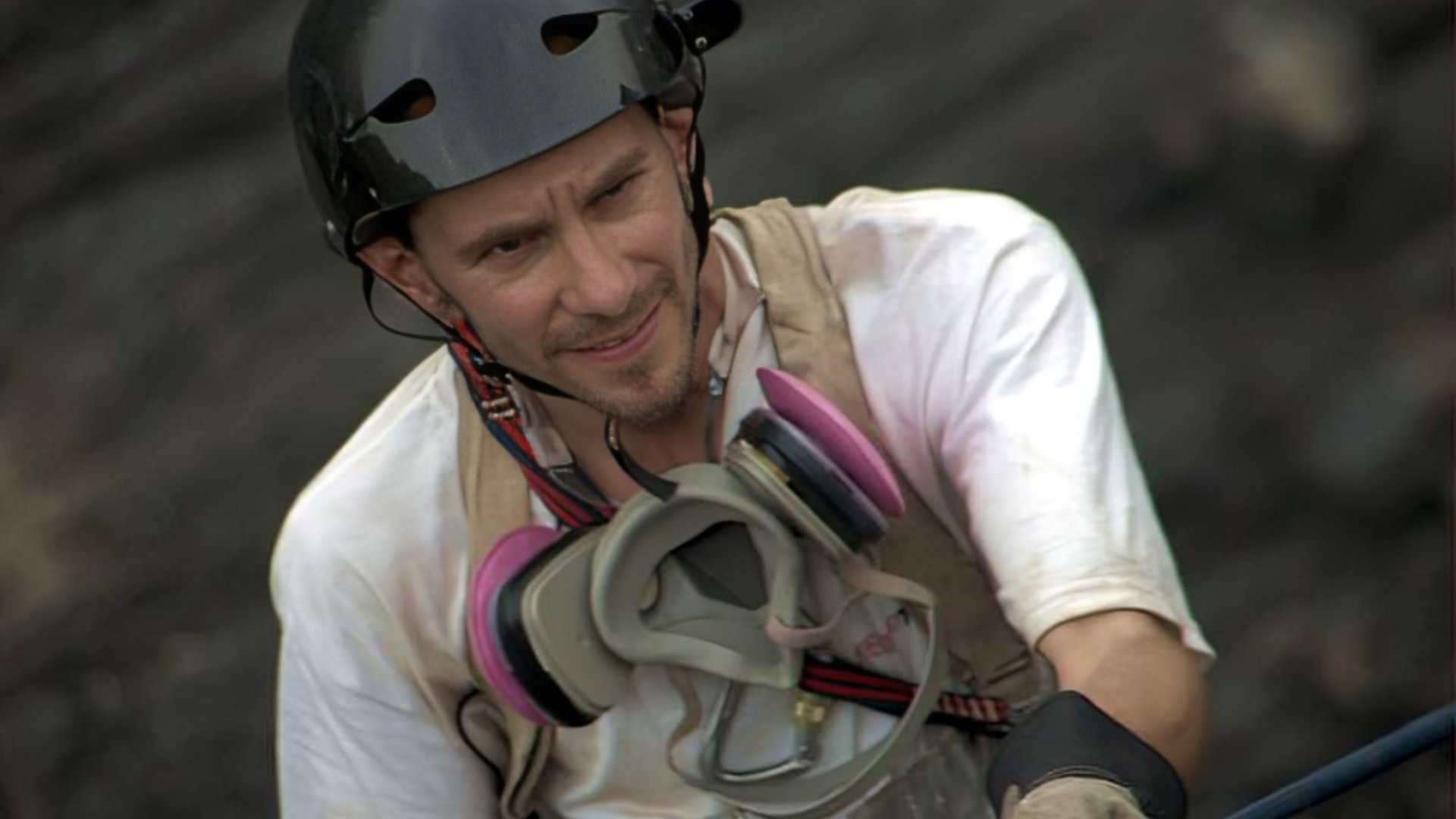
Hannabannana56/Wikimedia Commons
Kourounis saw the colossal, flame-engulfed crater as an exciting challenge, and sought to collect soil samples at its bottom to try and understand the life surviving in such extreme conditions. The journey, chronicled in the National Geographic Channel series Die Trying, was a truly audacious quest that pushed the boundaries of human exploration.
Why Did Kourounis Enter the Darvaza Crater?
Kourounis, based in Toronto, originally decided to trek to the Darvaza Crater because he was absolutely fascinated by its unique existence.
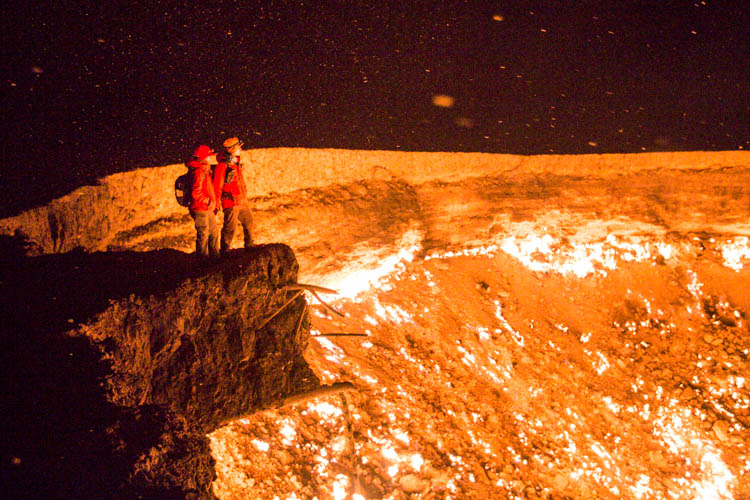
sunriseOdyssey/Wikimedia Commons
The crater, spewing burning methane at high pressure, captivated him because of its unparalleled status in the natural world. The “Door to Hell” is also still a complete mystery, which presented an opportunity for Kourounis to potentially uncover secrets that could contribute to our understanding of similar phenomena elsewhere in the universe.
Kourounis Spends a Year and a Half Rigorously Planning
Embarking on this dangerous expedition required meticulous planning and preparation. Kourounis and his team spent a year and a half obtaining permissions, organizing logistics, and assembling the necessary equipment.
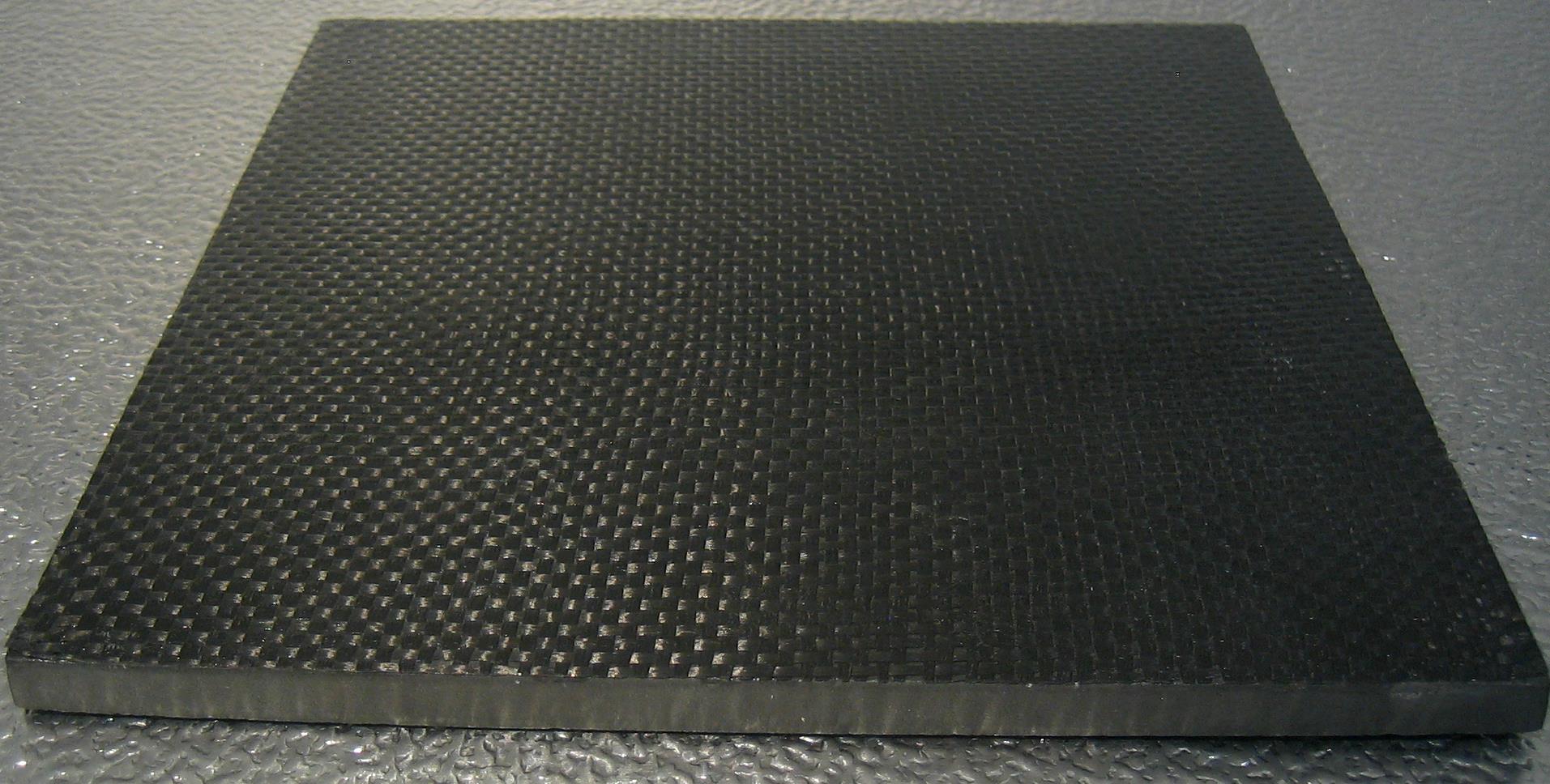
Membeth/Wikimedia Commons
Custom-made Kevlar climbing harnesses were a crucial component, as standard harnesses would succumb to the extreme heat. To acclimate himself, Kourounis even enlisted the help of a Hollywood stunt coordinator, undergoing controlled burns to simulate the intense conditions he would encounter.
Kourounis Confronts the Surreal Door to Hell
Arriving at the crater, Kourounis was met with a surreal scene reminiscent of a science fiction film. The vast desert landscape abruptly transitioned into a gaping, burning pit with scorching heat radiating from it.
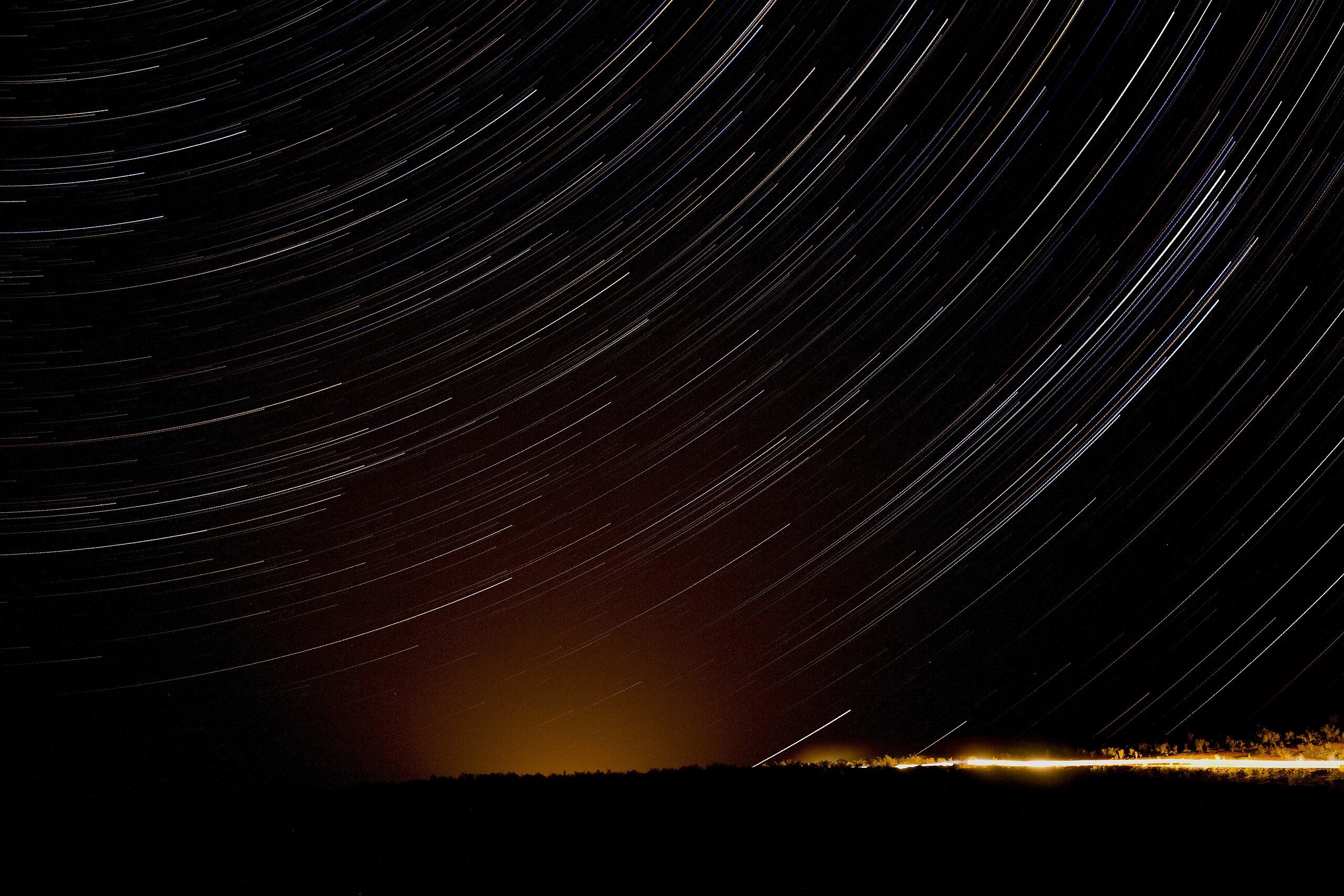
miketnorton/Wikimedia Commons
The shimmering distortion of the air and the intense blast of heat downwind challenged his resolve. Despite initial apprehension, Kourounis described the experience as akin to stepping onto another planet, filled with a breathtaking near-alien landscape and an incredibly urgent sense of vulnerability.
The Only Person to Ever Enter the Darvaza Crater
While the Darvaza Crater is open for exploration, few venture to this remote location.
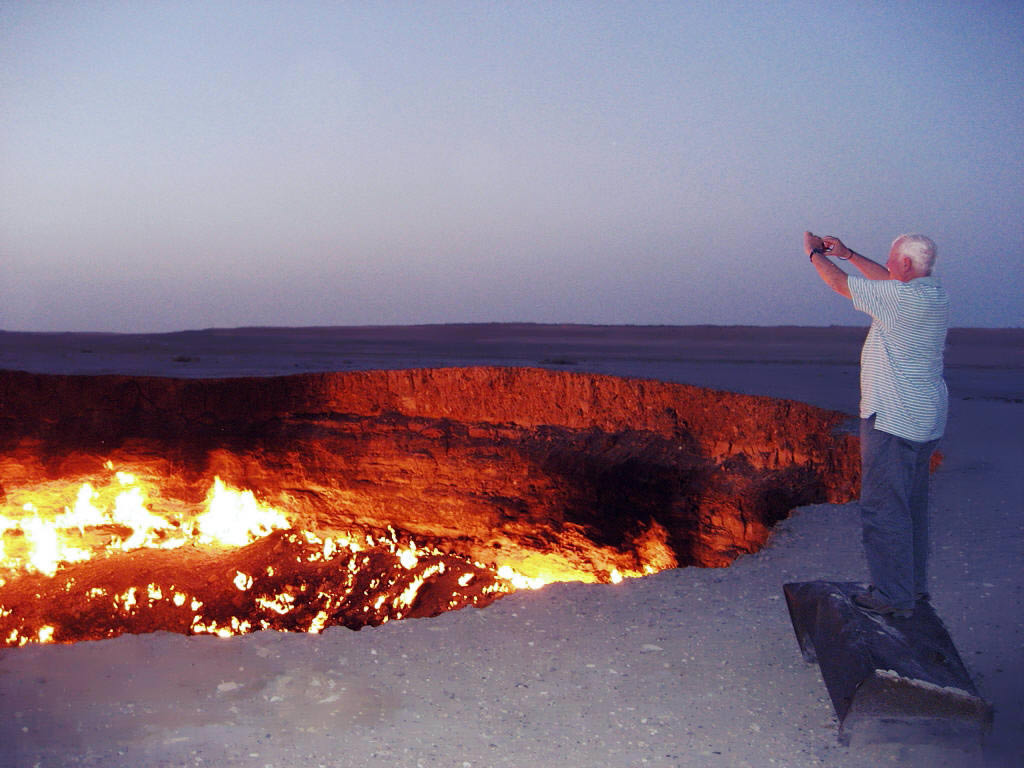
David Stanley/Wikimedia Commons
Kourounis encountered only the sporadic passersby, including tourists on motorcycles and camels. The site, once reached, offers an open invitation to visitors. In a country that sees only 6,000 visitors each year, this is an exceptionally remote destination. However, Kourounis stands as the sole individual to have even descended into the Darvaza Crater.
Kourounis's Samples: Life in Extreme Conditions
Descending into the crater, Kourounis faced a surreal environment that does not seem like it could house any life. Describing it as a “coliseum of fire,” he marveled at the thousands of small fires illuminating the surroundings. The roaring, high-pressure, gas-burning sound resembled a jet engine.
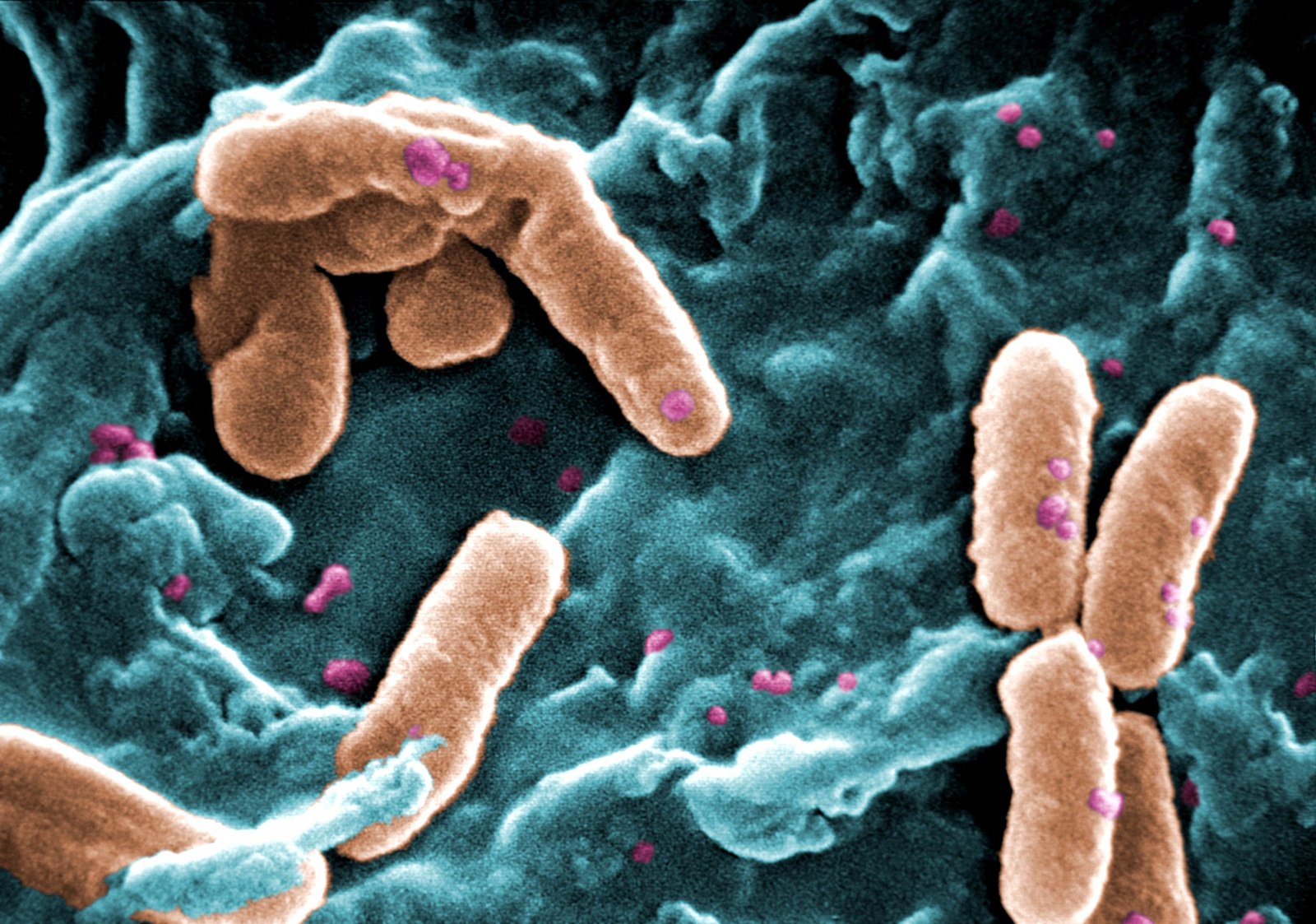
Janice Carr/Wikimedia Commons
Despite the challenges, Kourounis successfully gathered soil samples, hoping to discover signs of microbial life thriving in the methane-rich environment. The results exceeded expectations, revealing bacteria comfortable in high temperatures, forming a micro-ecosystem unique to the depths of the Door to Hell.
